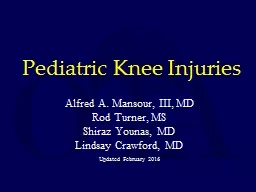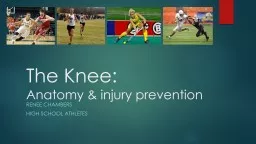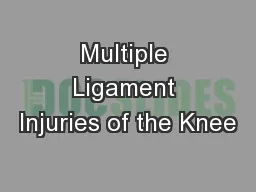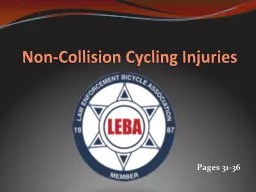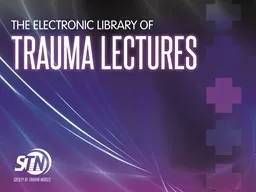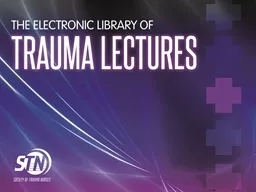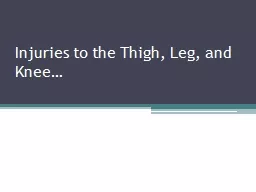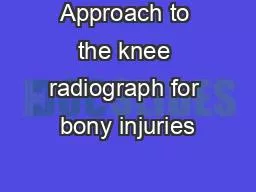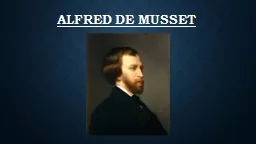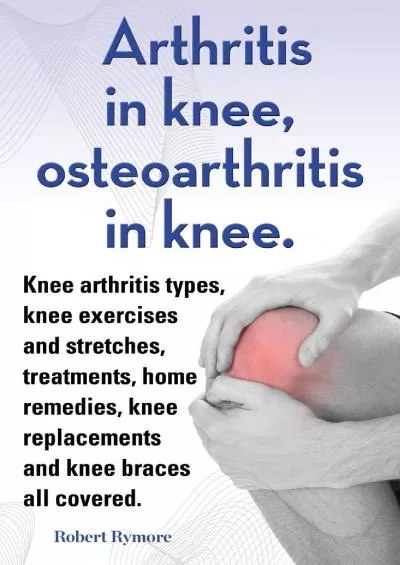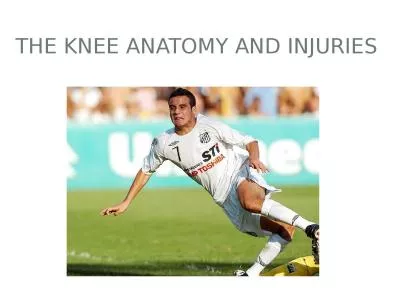PPT-Pediatric Knee Injuries Alfred A. Mansour, III, MD
Author : pasty-toler | Published Date : 2020-04-02
Rod Turner MS Shiraz Younas MD Lindsay Crawford MD Updated February 2016 Objectives Review Traumatic Pediatric Knee I njuries Discuss workup and treatment options
Presentation Embed Code
Download Presentation
Download Presentation The PPT/PDF document " Pediatric Knee Injuries Alfred A. Manso..." is the property of its rightful owner. Permission is granted to download and print the materials on this website for personal, non-commercial use only, and to display it on your personal computer provided you do not modify the materials and that you retain all copyright notices contained in the materials. By downloading content from our website, you accept the terms of this agreement.
Pediatric Knee Injuries Alfred A. Mansour, III, MD: Transcript
Download Rules Of Document
" Pediatric Knee Injuries Alfred A. Mansour, III, MD"The content belongs to its owner. You may download and print it for personal use, without modification, and keep all copyright notices. By downloading, you agree to these terms.
Related Documents

